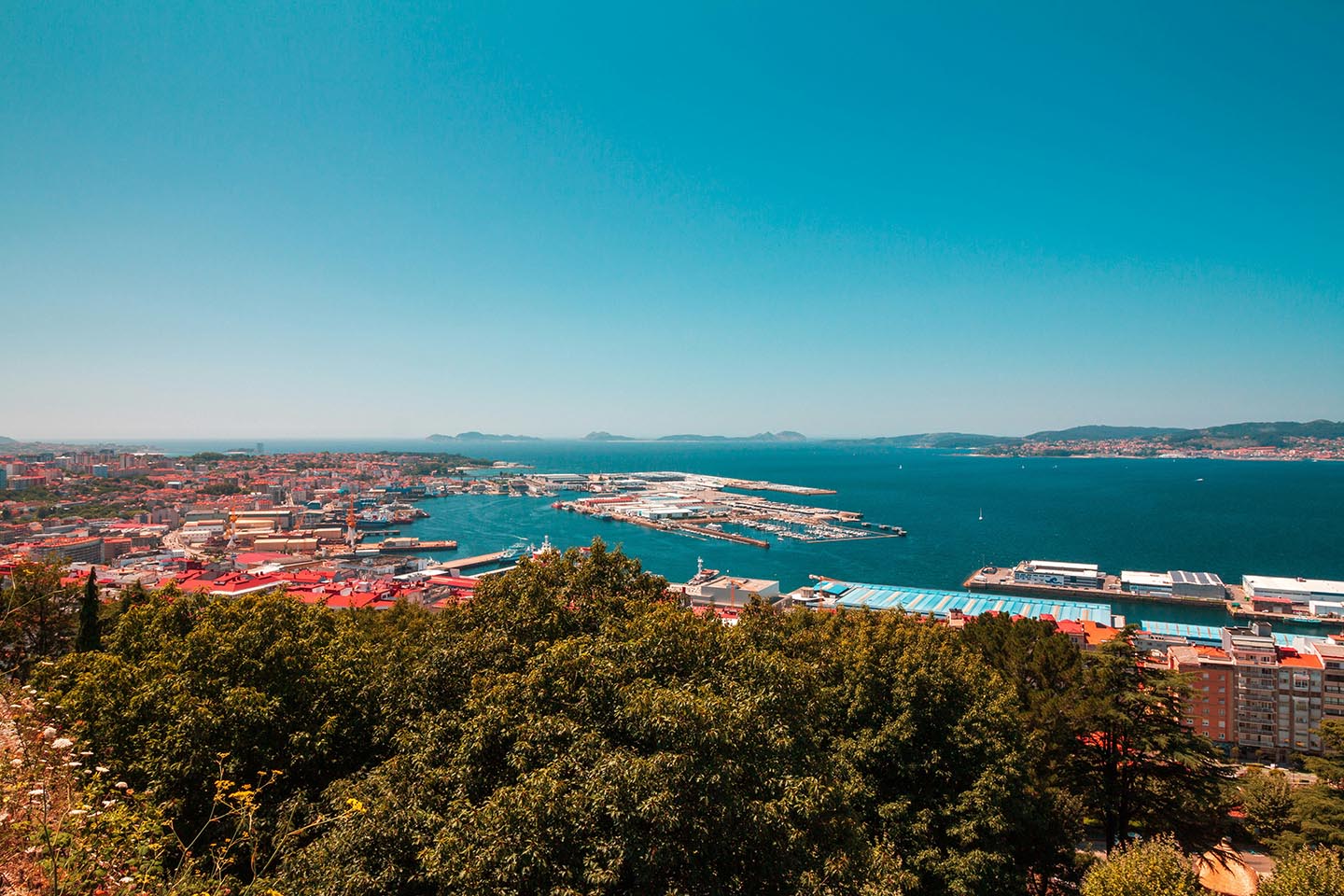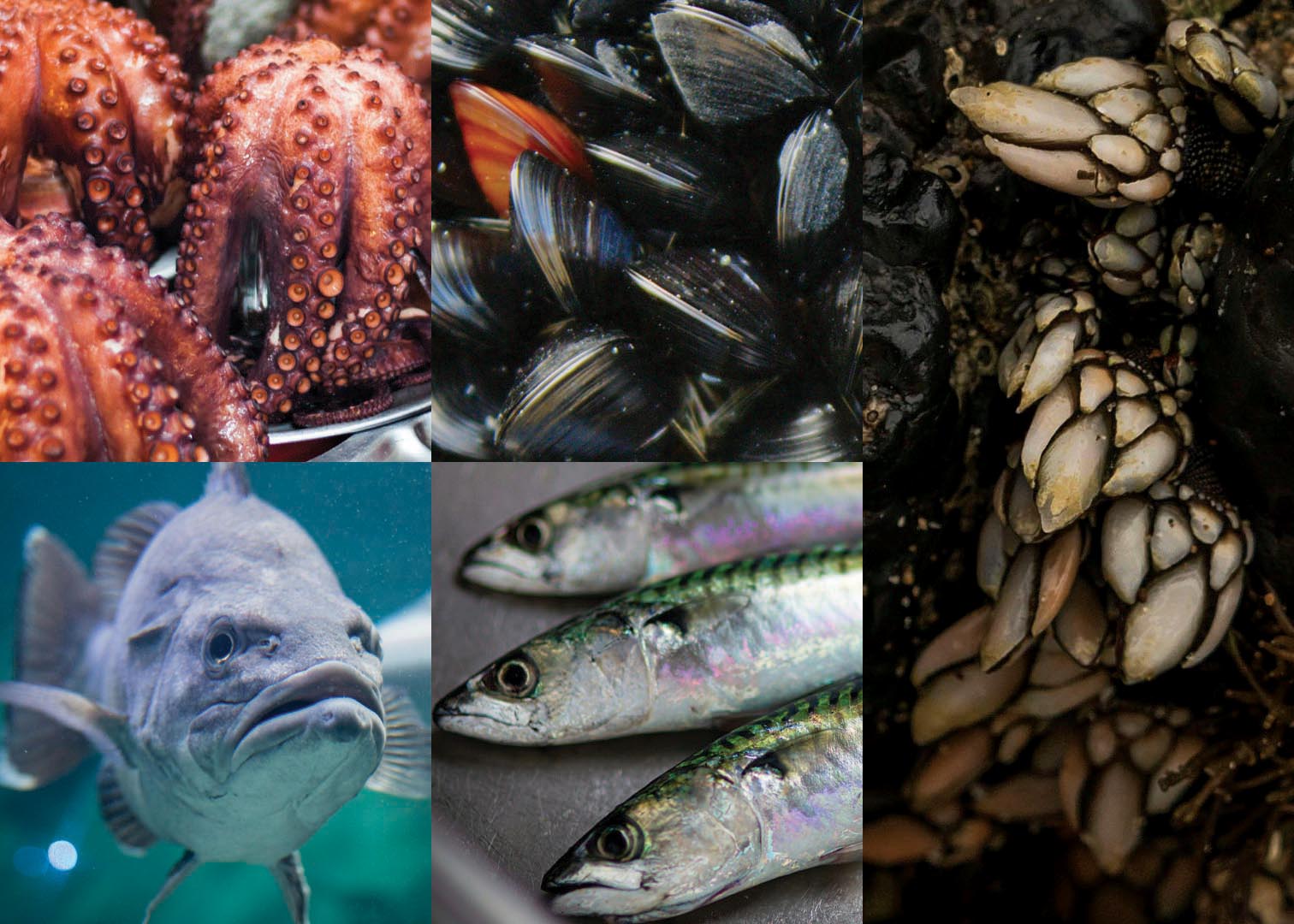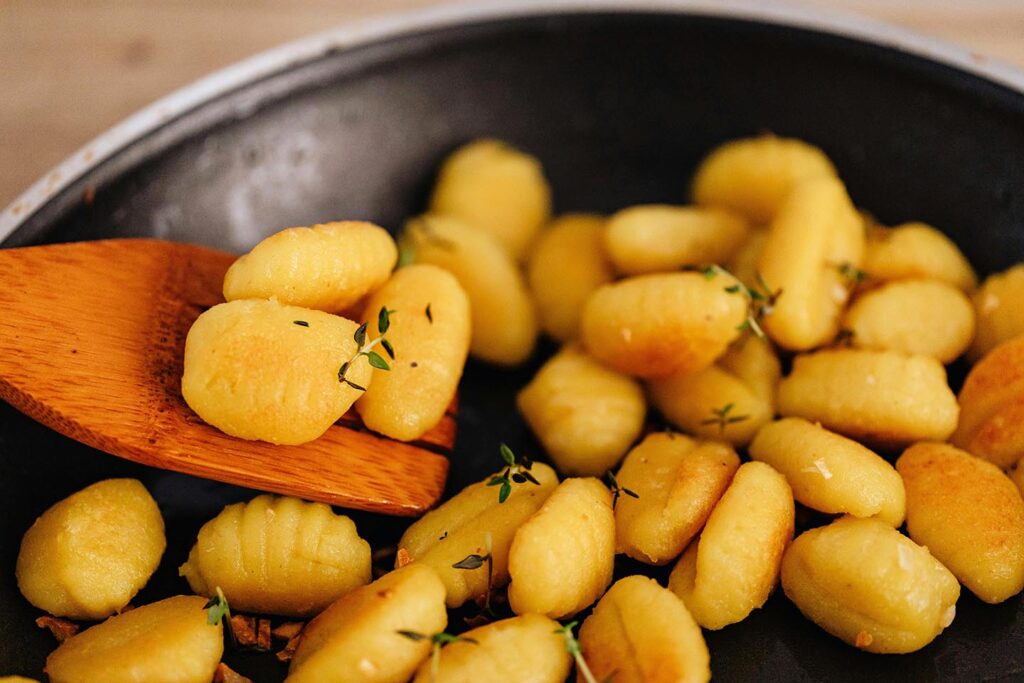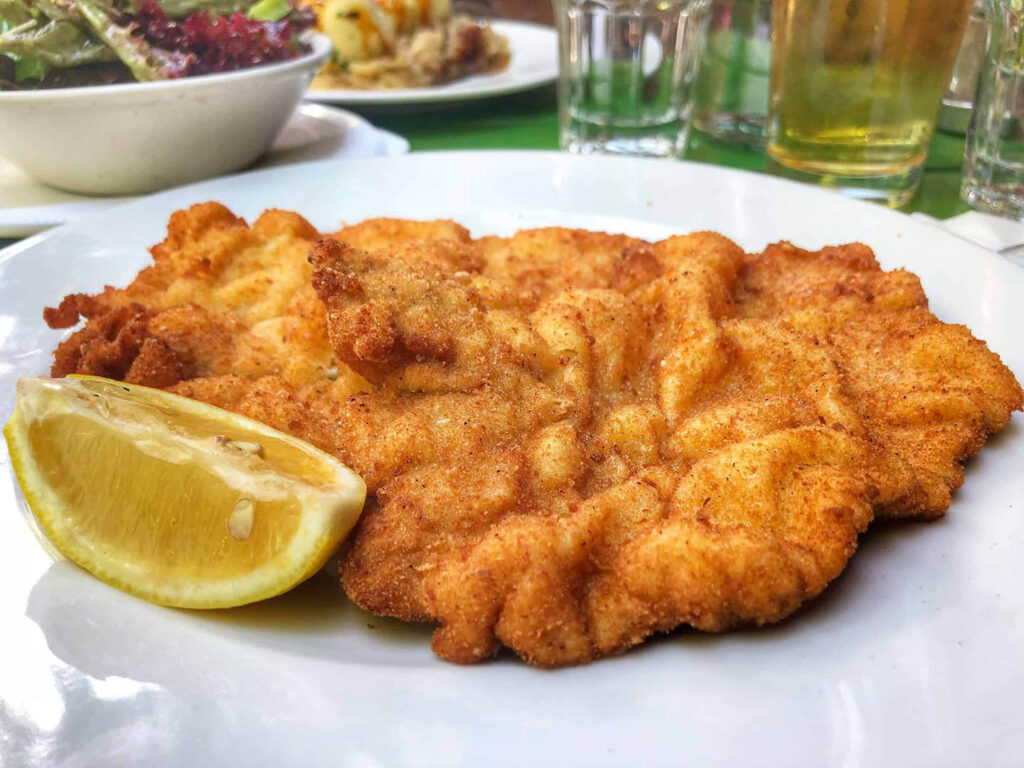
Seafood is an integral part of Spanish cuisine and has influenced the country’s traditional dishes and culinary techniques. Iconic Spanish dishes like paella, seafood stews (zarzuela), and grilled fish and seafood reflect the importance of seafood in national gastronomy. The seafood from the Galicia region in Spain is renowned for its exceptional quality and flavor due to the pristine, cold waters of the North Atlantic Ocean and the Bay of Biscay. These waters are rich in nutrients and support a diverse range of seafood, including octopus, mussels, clams, and some of the world’s finest varieties of fish, such as hake and turbot. Local fishermen’s traditional and sustainable fishing methods contribute to the region’s outstanding seafood. Furthermore, Galician cuisine emphasizes simple preparations that allow the seafood’s natural flavors to shine, making it a true culinary delight for seafood enthusiasts.
How did seafood become so important in Spain?
The history of seafood in the Galicia region of Spain is closely tied to its geographical location. Galicia’s coastal communities have a rich tradition of fishing and seafood consumption that dates back centuries.
The region’s Celtic and Iberian inhabitants relied on seafood as a source of sustenance, and the practice of fishing and shellfish gathering has been passed down through generations. The Roman Empire significantly influenced the development of seafood consumption in Galicia as they introduced aquaculture practices and constructed fish ponds, contributing to the cultivation of oysters and other seafood. Roman techniques for salting and preserving fish also influenced Galician cuisine. During the period of Moorish rule in Spain, techniques such as using rice and saffron in dishes like paella were introduced, which would later become an integral part of Spanish cuisine, including seafood preparations. In the medieval and Renaissance periods, the fishing industry continued to grow, and seafood also gained popularity among the upper classes. Monasteries along the Galician coast played a role in developing and preserving seafood recipes.
The Age of Exploration in the 15th and 16th centuries led to the discovery of new lands and trade routes. Seafood, including preserved products like salted cod (bacalao), became an essential component of the Spanish diet for sailors on long sea voyages. Galician coastal communities, such as Vigo, A Coruña, and Santiago de Compostela, became key centers for fishing, seafood processing, and trade, contributing to the regional economy and culture. In the 20th century, the Galician fishing industry underwent modernization, with the introduction of more efficient fishing methods and the growth of the canning industry. Galicia became known for its canned seafood products, including tuna, sardines, and mussels, which are exported worldwide. Despite modernization, Galicia has worked to preserve its traditional fishing practices and sustainable seafood harvesting methods, ensuring the continuation of cultural and culinary traditions.
How does seafood continue to play an important role in Spain’s culture and culinary traditions?
Spain’s fishing industry and aquaculture contribute significantly to the country’s economy. Many coastal communities still rely on seafood-related activities for their livelihoods. The country is a major exporter of seafood products, which not only contributes to its economy but also promotes its culinary culture worldwide. Spanish seafood, such as canned tuna, anchovies, and other preserved products, are highly regarded globally.
Various cultural and religious events across Spain include seafood dishes as part of their traditions and celebrations. For example, during Holy Week (Semana Santa), it’s customary to consume specific seafood dishes like bacalao (salted cod). During the annual Galician festival of “Fiesta del Marisco,” locals and tourists come together to enjoy a variety of seafood dishes.
Seafood is also a frequent component of tapas, the small, flavorful dishes that are an essential part of Spanish dining. Seafood tapas like gambas al ajillo (garlic shrimp) and pulpo a la gallega (Galician-style octopus) are beloved by locals and tourists alike.

What kinds of seafood come from this area?
The Galicia region’s seafood is renowned for its quality and is known for a wide variety of seafood, including (but not limited to):
- Octopus (Pulpo): Galicia is famous for its tender and flavorful octopus dishes, often served with paprika and olive oil.
- Mussels (Mejillones): Galician mussels are highly regarded for their quality and are commonly served steamed or in a tomato-based sauce.
- Clams (Almejas): Clams from Galicia are prized for their sweet and delicate flavor, frequently used in seafood stews and rice dishes.
- Hake (Merluza): Galicia produces some of the best hake in Spain, which is used in a range of dishes, including baked hake with potatoes and a variety of seafood soups.
- Turbot (Rodaballo): This flatfish is a premium choice in Galician cuisine, often prepared simply with olive oil and herbs to highlight its delicate taste.
- Sardines (Sardinas): Freshly caught sardines are grilled or roasted to perfection, showcasing their rich, oily texture and flavor.
- Sea Bass (Lubina): Sea bass is another popular fish in Galician cuisine, prepared in various ways, such as baked with herbs or served in fish stews.
- Percebes (Gooseneck Barnacles): Percebes are a unique delicacy found along the Galician coast, with a distinct briny taste and a challenging harvesting process.
- Razor Clams (Navajas): These long, slender clams are often grilled or cooked with garlic and parsley, creating a delectable dish.
Seafood is deeply ingrained in Spain’s culture, from its culinary heritage and regional diversity to its economic importance and role in cultural and social traditions. It has shaped how Spaniards gather, celebrate, and enjoy their rich and diverse cuisine. The Galicia region specifically is celebrated worldwide for its exceptional seafood, and its culinary traditions are known worldwide. The region’s seafood dishes, such as pulpo a la gallega (Galician-style octopus) and mariscada (seafood platters), reflect its rich history and the importance of seafood in Galician culture and cuisine.
What are your thoughts on Spain’s seafood? Let us know in the comments!



